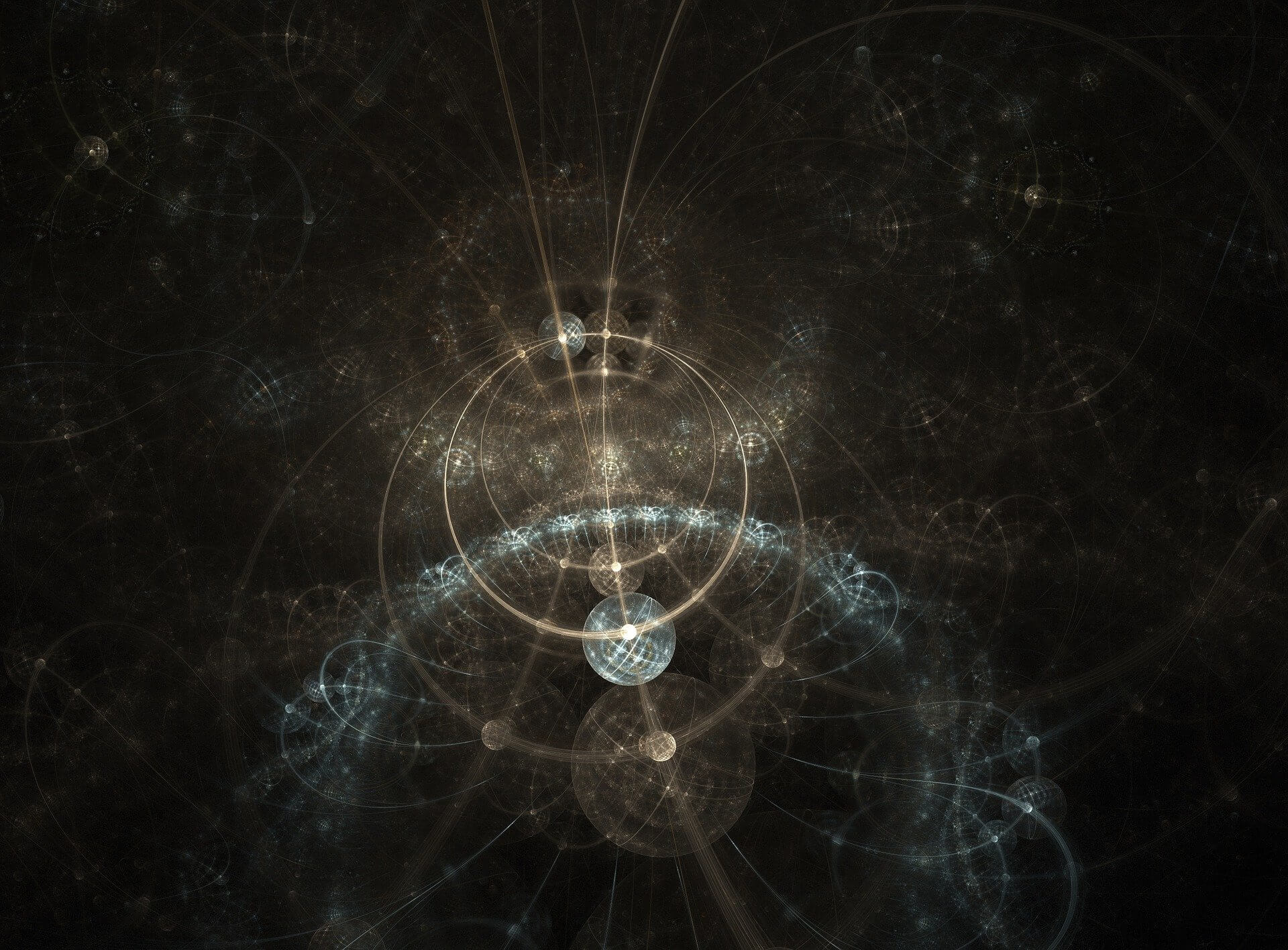What is Quantum Physics Simply put, it is physics that explains how everything works: the best explanation we have for the type of particles that make up a matter and the forces they encounter.
Quantum physics emphasizes how atoms work, and therefore why chemistry and biology work as they do. You, me and All , we all dance in quantum tune. If you want to explain how electrons move through a chip, how light photons convert electricity into a solar panel or magnify themselves on a laser, or even how the sun continues to burn, you will need to use quantum physics.
Difficulty - and, for scientists, fun - starts here. First, there is no single quantum theory. There are quantum theories, the basic mathematical framework that underpins everything, first built in the 1920's by Niels Bohr, Werner Heisenberg, Erwin Schrödinger and others. It involves simple things like how the position or force of a single particle or a group of several particles changes over time.
But to understand how things work in the real world, the quantum Physics must be integrated with other physics elements - in particular, Albert Einstein's special theory of relativity, which explains what happens when things move faster - to create what is known as quantum field theories.
Three different quantum field concepts work on three of the four basic forces at which an object meets: electromagnetism, which describes how atoms hold together; high nuclear energy, which explains the stability of the nucleus in the center of an atom; and nuclear power, explaining why some radioactivily decay.
Fifty years ago or more these three theories were incorporated into a ramshackle coalition known as the “standard model” of particle physics. Of all the ideas that this model is a little caught up with adhesive tape, the most accurate test image of the basic functionality of a story has ever been designed. Its crowning glory came in 2012 with the discovery of the Higgs boson, a particle that gives all other basic particles its size, the existence of which was predicted based on quantum field observations far back in 1964.
General quantum field concepts work well in interpreting experimental results in high-energy smashers such as CERN’s Large Hadron Collider, where Higgs was discovered, which investigates its very small scales. But if you want to understand how things work in most esoteric environments - how electrons move or don't move in solid objects so you make a metal object, an insulator or a semiconductor, for example - things become very complex.
The multibillion-dollar connectivity in these densely populated areas requires the creation of “effective field ideas” that shed some of the most impressive details. The difficulty of forming such ideas is why so many important questions in solid-state physics remain unanswered - for example why at low temperatures some things are great directors that allow it to exist now without electricity resistance, and why we cannot make this trick work in room temperature.
But underneath all of these problems there is a great quantum mystery. At a basic level, quantum physics predicts myths about how things work that are completely in conflict with how things seem to work in the real world. Quantum particles can behave like particles, located in one place; or they could act like waves, being distributed everywhere or in several places at the same time. The way they look seems to depend on how we choose to measure ourselves, and before we measure it they seem to have no particular features at all - which leads us to a fundamental conflict over the nature of the basic truth.
This insecurity leads to a fierce opposition similar to that of the Schrödinger cat, in which due to uncertain quantum processes the cat is left dead and alive at the same time. But that is not all. Quantum particles also appear to be able to communicate quickly even when they are far away from each other. This paradoxical event is actually known as the compound, or, in a sentence made by Einstein (a great critic of quantum theory), a "far-spooky act". Such quantum power is quite different from ours, yet it is the basis of emerging technologies such as ultra-safe quantum cryptography and ultra-powerful quantum computing.
But as to what all of this means, no one knows. Some people think we should just accept that quantum physics describes the material world in terms of what we find impossible to measure our knowledge in a larger, "ordinary" world. Some people think that there must be a better, more accurate idea out there that we have not yet received.
In all of this, there are several elephants in the room. First, there is a fourth fundamental force of nature so far that quantum theory has failed to explain it. Gravity remains the cornerstone of Einstein's theory of relativism, a strong non-quantum theory that does not even include particles. Deep efforts in decades to bring gravity under the quantum umbrella and therefore define all the basic physics within the “concept of everything” have been in vain.
Meanwhile atmospheric estimates show that more than 95 percent of the universe contains black matter and dark energy, things we have not yet explained in the typical model, and conundrums as the role of quantum physics in the work of pollution remains unspecified. The Earth is a quantum level - but whether quantum physics is the last word about the earth remains an open question.








0 Comments
We welcome relevant and respectful comments. Off-topic or spam comments may be removed.